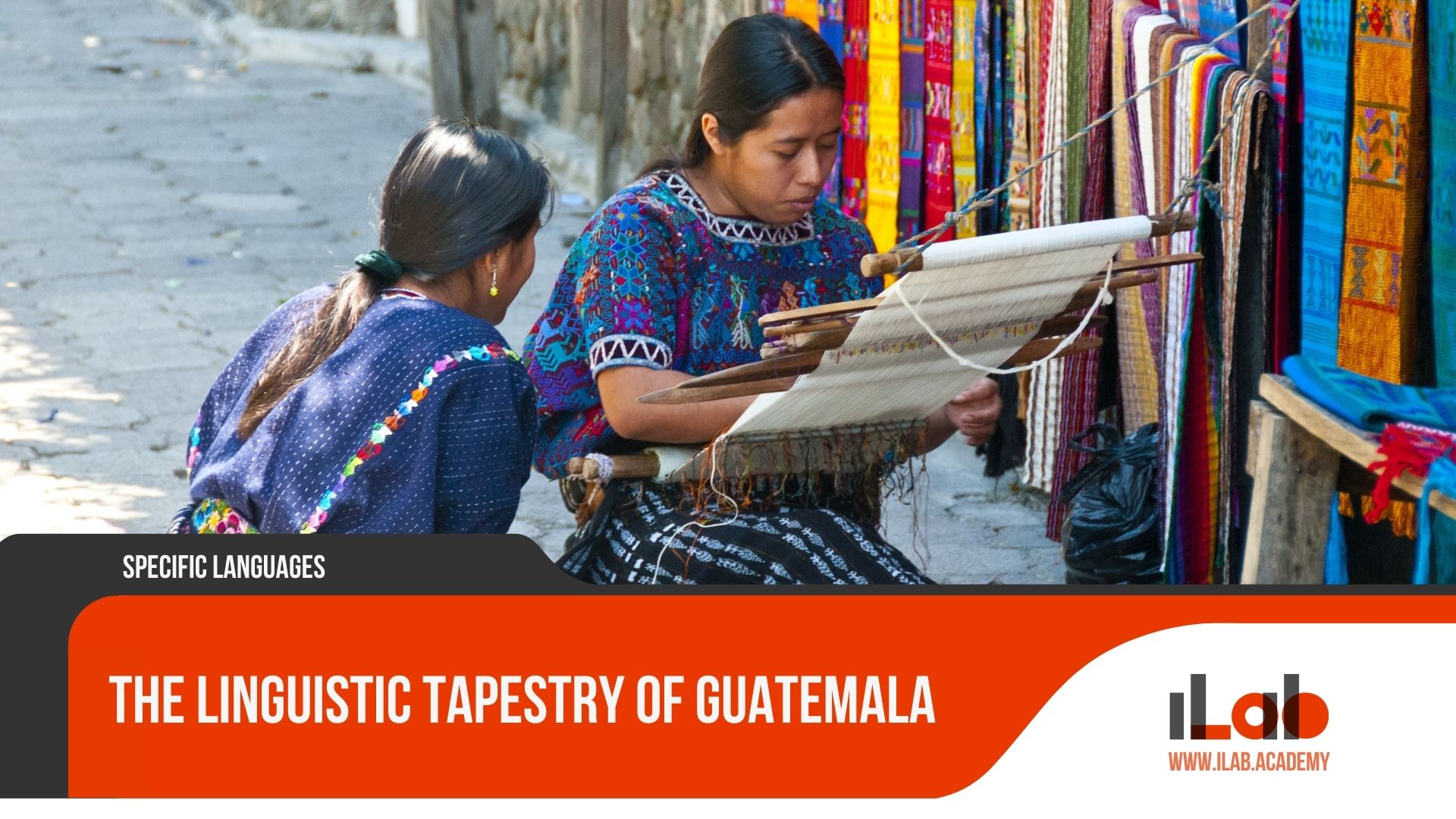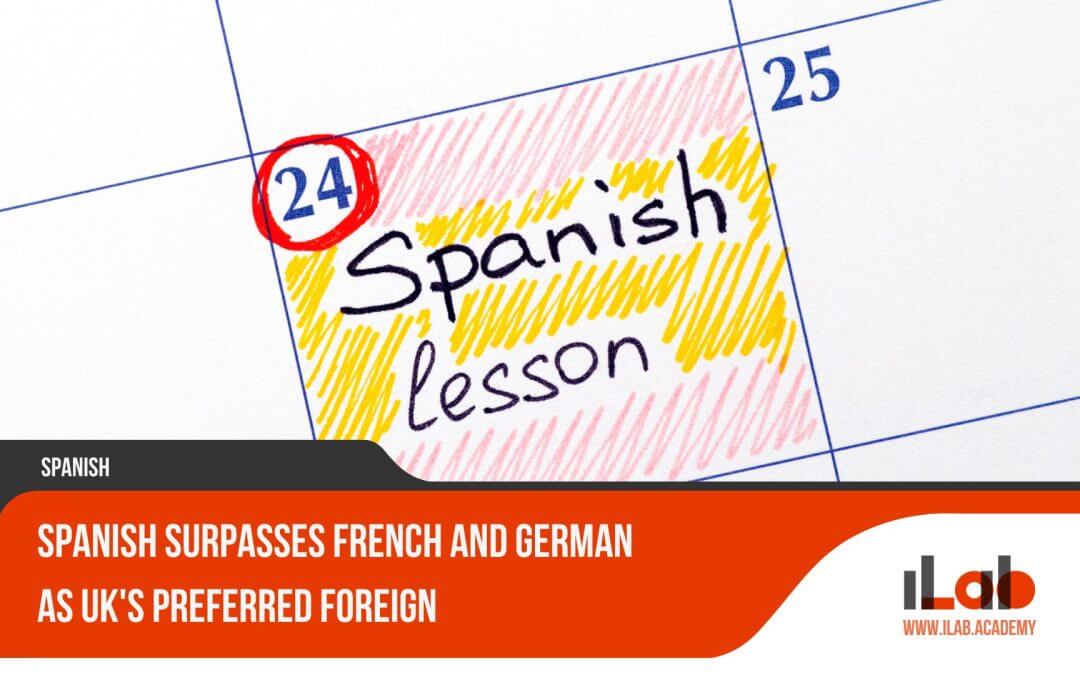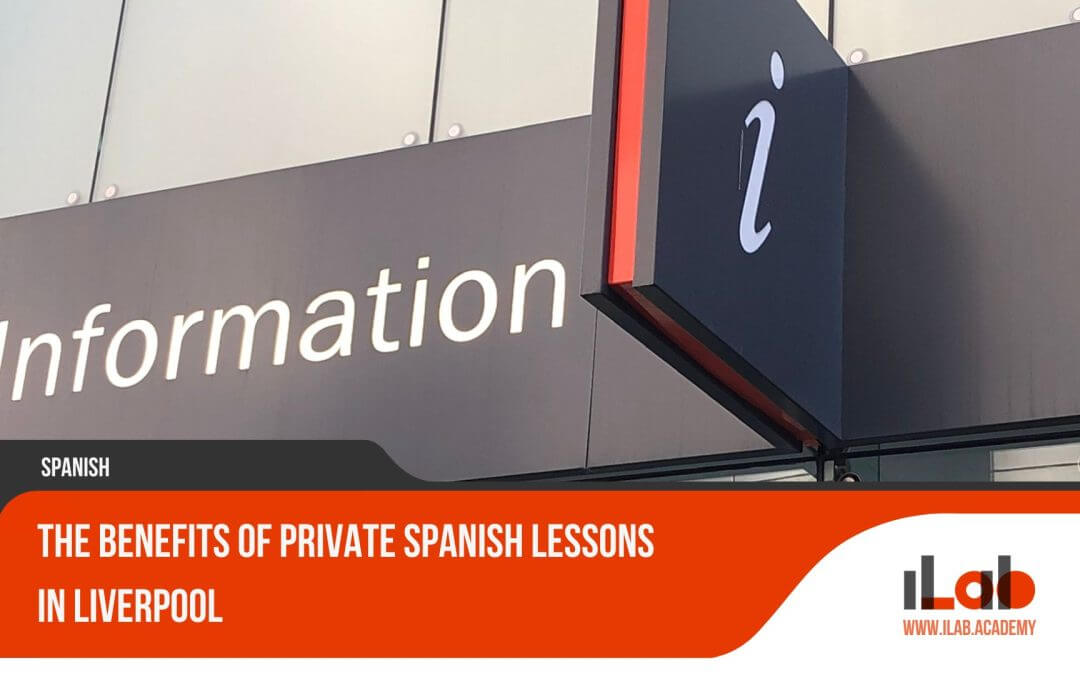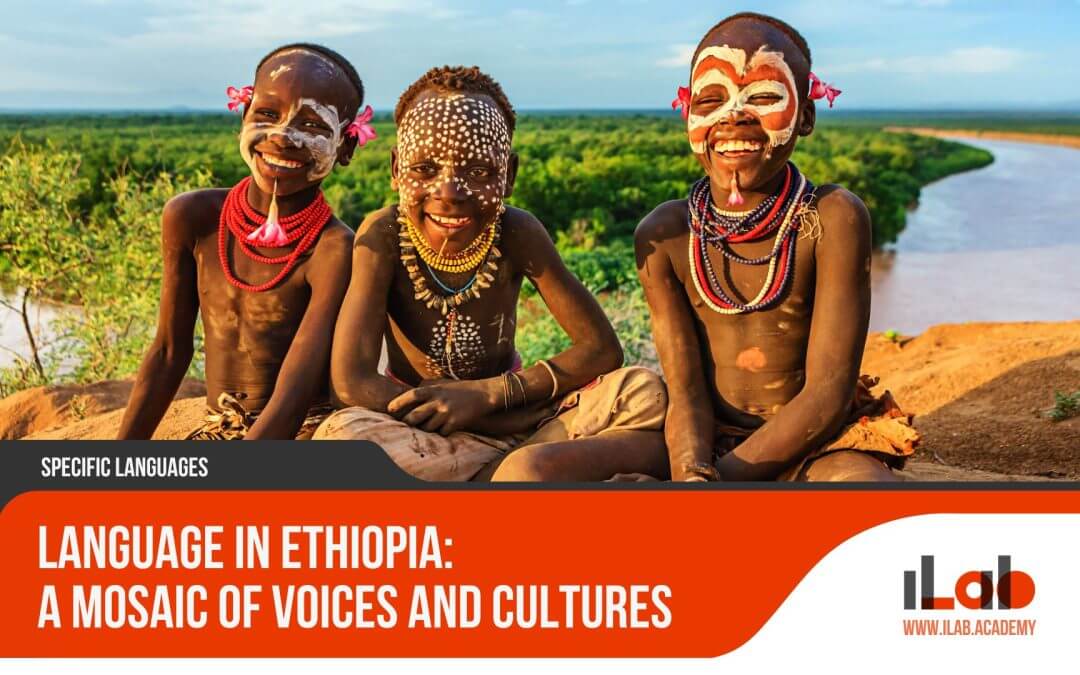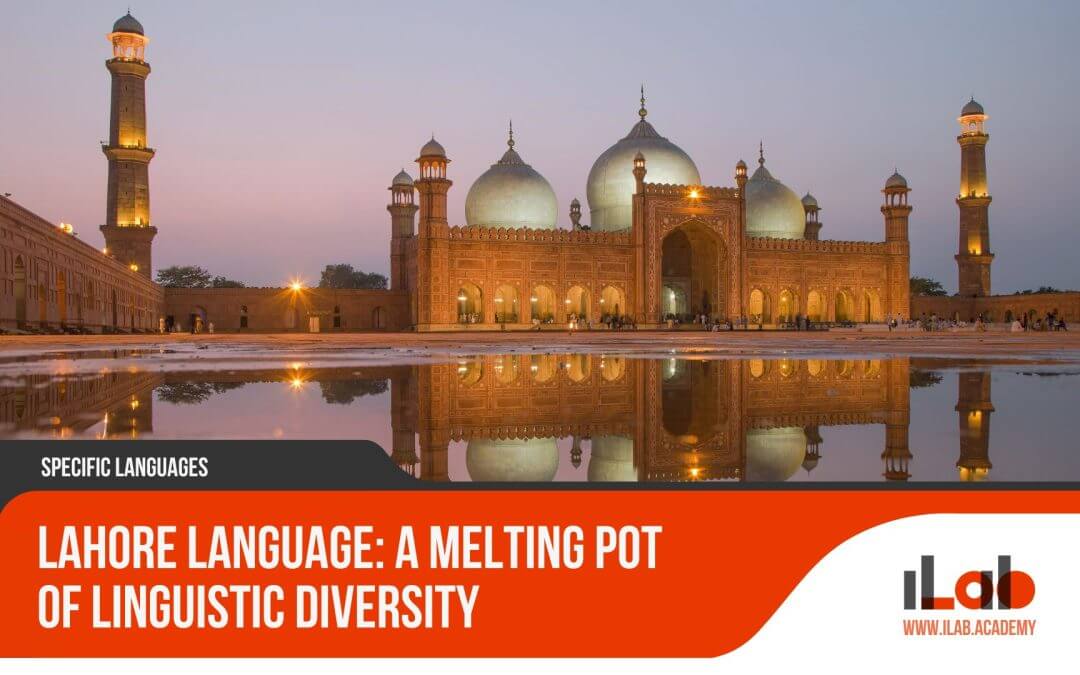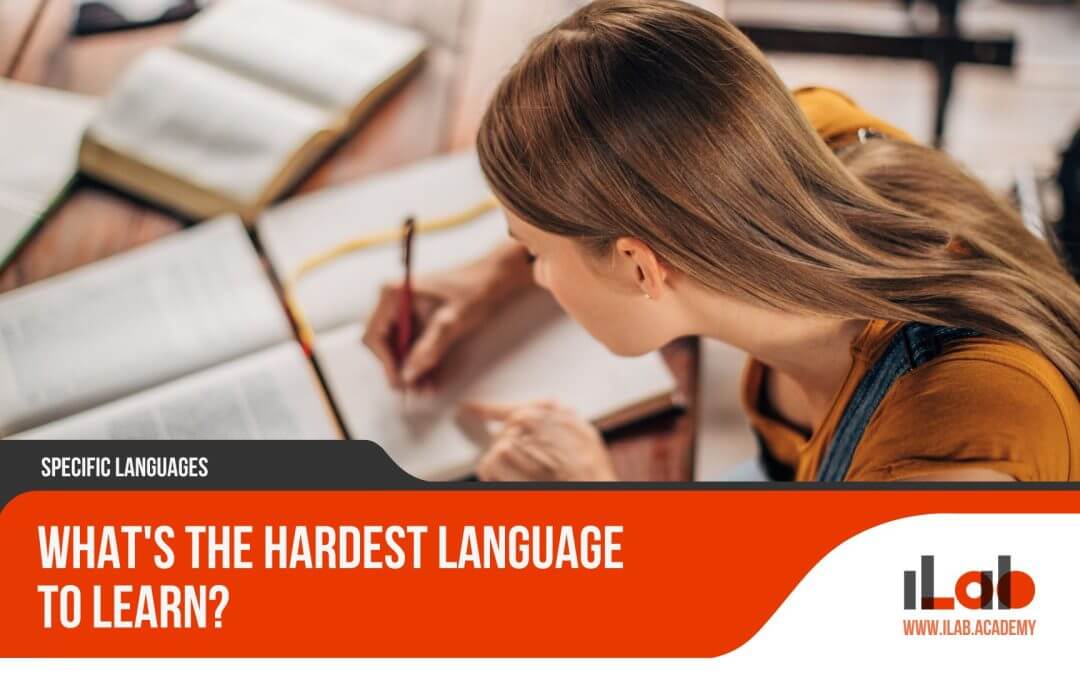Table of contents
Guatemala’s linguistic heritage, a tapestry interwoven with threads of history and identity, offers a remarkable illustration of human communication’s complexity and resilience. As one delves into the country’s linguistic milieu, one cannot help but be struck by the coexistence of over twenty languages, each bearing testament to distinct cultural narratives and worldviews. Spanish, the official language, functions as a lingua franca, yet it is the myriad indigenous languages, predominantly of Mayan descent, that truly encapsulate the nation’s ancestral spirits. This intricate mosaic is further enriched by the Garifuna and Xinca languages, which, although less prevalent, contribute their own unique hues to the national linguistic spectrum. An exploration of this rich linguistic landscape not only uncovers the sociolinguistic intricacies inherent to modern Guatemala but also raises questions about the interplay between language and identity, and the future that awaits these languages in an increasingly globalized context. As we consider the forces shaping Guatemala’s linguistic evolution, one must ponder the potential transformations that loom on the horizon, and what they might mean for the cultural tapestry of this Central American enclave.
Key Takeaways
- Guatemala is a linguistically diverse nation with a wide range of languages spoken, including Mayan languages, Spanish, Garifuna, and Xinca.
- Spanish is the dominant language in Guatemala and holds official status, playing a crucial role in education, government, and media.
- Mayan languages are an integral part of Guatemala’s cultural heritage, showcasing the country’s indigenous roots and cultural complexity.
- The lesser-known languages of Garifuna and Xinca also contribute to Guatemala’s linguistic mosaic, representing specific ethnic groups and their unique histories.
A Snapshot of Guatemala’s Multilingualism
Guatemala is a linguistic mosaic, with over twenty distinct Mayan languages, Spanish as the predominant language of official discourse, and several other minority languages contributing to the nation’s rich cultural tapestry. This Central American country is not just a repository of ancient civilizations but also a living, breathing example of linguistic diversity that thrives in the modern world. The multilingualism of Guatemala is deeply rooted in its history, reflecting the complex social and ethnic identities that compose its population.
Each linguistic group within Guatemala encapsulates a unique cultural narrative, from the K’iche’, Kaqchikel, Mam, Q’eqchi’, and other Mayan languages to the Afro-Caribbean influenced Garifuna and the indigenous Xinca language, each tells a story of survival, resistance, and heritage. While Spanish serves as the lingua franca, facilitating national cohesion and international communication, these indigenous languages are the soul of Guatemala’s cultural identity, preserving a connection to ancestral knowledge and traditions.
The interplay of languages in Guatemala underscores the significance of communication in fostering mutual respect and understanding among various communities. It is also a reflection of the country’s sociopolitical landscape, where language can be both a bridge and a barrier. The prominence of Spanish, a vestige of colonial history, has undeniable practical advantages, but it also poses challenges for the preservation of indigenous tongues.
Recognizing the critical role languages play in cultural expression and community identity, there have been concerted efforts to support and revitalize native languages. Educational policies and initiatives are increasingly aiming to promote bilingualism, ensuring that the linguistic heritage of Guatemala is not merely a historical footnote but a living, evolving element of the nation’s identity.
The Dominance of Spanish in Guatemalan Communication
While indigenous languages offer a window into Guatemala’s ancestral cultures, Spanish reigns as the country’s official language, shaping public discourse and serving as the primary medium of communication in education, government, and the media. The pervasiveness of Spanish serves to unite the nation’s ethnically diverse population, facilitating a shared mode of communication. However, this linguistic dominance also poses challenges to the preservation of Guatemala’s rich tapestry of indigenous languages and the cultural heritage they represent.
The ubiquity of Spanish in Guatemalan society is evident in various domains of public life. In education, Spanish is the language of instruction, creating barriers for indigenous children who may enter school speaking only their native tongue. In the realm of government, official documentation and proceedings are conducted in Spanish, which can alienate those who are not fluent. The media landscape too is predominantly Spanish-speaking, leaving little room for indigenous languages to be heard on mainstream platforms.
Here is a table reflecting the emotional appeal of the Spanish language’s dominance in Guatemala:
| Sector | Influence of Spanish | Emotional Undertone |
|---|---|---|
| Education | Primary Language of Instruction | Exclusionary for Indigenous Youth |
| Government | Official Documentation and Proceedings | Alienating for Non-Fluent Citizens |
| Media | Mainstream Broadcasting Language | Marginalization of Indigenous Voices |
For an audience seeking to understand the complexities of this linguistic hierarchy, it’s crucial to acknowledge the practical unifying function Spanish serves while also recognizing the emotional resonance of its dominance. This linguistic imbalance can evoke feelings of exclusion and marginalization among indigenous communities, highlighting the need for inclusive language policies that honor and preserve Guatemala’s linguistic diversity.
The Mayan Languages: Windows into an Ancient Culture
Diving into the heart of Guatemala’s indigenous legacy, the Mayan languages serve as living relics of a civilization that once charted the cosmos and inscribed its wisdom in stone. These tongues are more than mere means of communication; they are the vessels of a rich cultural heritage, embodying complex systems of knowledge and cosmology that have survived despite historical upheavals.
The Mayan linguistic family boasts a remarkable variety, with each language offering unique insights into the cultural tapestry of the region:
K’iche’ (Quiché)
- Geographic Spread: Predominantly in the central highlands.
- Cultural Significance: The language of the famed ‘Popol Vuh’, a foundational K’iche’ text.
- Current Stats: One of the most widely spoken Mayan languages in Guatemala.
Q’eqchi’ (Kekchi)
- Geographic Spread: Primarily in the northern lowlands and Verapaz region.
- Cultural Significance: Known for its rich oral tradition and spiritual practices.
- Current Stats: Experiencing a growth in the number of speakers.
Mam
- Geographic Spread: Mostly in the western highlands near the Mexican border.
- Cultural Significance: Maintains strong ties to traditional agricultural practices.
- Current Stats: A language that has seen efforts in bilingual education and preservation.
For an audience eager to understand, it’s crucial to recognize that the preservation and revitalization of these languages are not merely academic pursuits. They are fundamental to maintaining the identity and wisdom of the Mayan people. Through education and conscious policy efforts, Guatemala continues to strive for a future where the echoes of its ancestors’ voices remain a vibrant and integral part of its cultural landscape.
Garifuna and Xinca: Lesser-Known Languages of Guatemala
Moving beyond the well-documented Mayan languages, the Garifuna and Xinca linguistic traditions offer a glimpse into the lesser-known but equally important cultural narratives within Guatemala’s diverse communities. The Garifuna language is an Arawakan language, with influences from Carib, French, and English. It has its roots in the history of African slaves who intermingled with the indigenous Caribs and Arawaks of the Caribbean. Today, the Garifuna people live along the Atlantic coast, preserving their unique language amidst the dominant Spanish and Mayan languages.
In stark contrast to the Garifuna, the Xinca language does not belong to the Mayan linguistic family, nor does it have known ties to other language groups, making it an isolate. The Xinca people historically inhabited the southeastern region of Guatemala, but due to historical disruptions, including the Spanish Conquest, their language has suffered significant decline. Efforts are underway to revitalize Xinca, with educational initiatives aiming to teach the language to younger generations, thus preserving this rare linguistic heritage.
These languages, though lesser-known, are integral parts of Guatemala’s cultural fabric. Garifuna thrives in music, dance, and communal activities, which serve as a means of cultural expression and transmission. Meanwhile, Xinca’s resilience, despite its endangered status, exemplifies the importance of language preservation in maintaining a people’s history and identity. Understanding and supporting these languages are crucial for acknowledging the full spectrum of Guatemala’s linguistic diversity and for ensuring that these voices are not lost to time.
Bilingual Education and Linguistic Rights in Guatemala
Guatemala’s commitment to linguistic diversity is exemplified through its bilingual education programs, which aim to preserve and promote indigenous languages alongside Spanish. These initiatives reflect the country’s dedication to fostering a multilingual society where linguistic rights are respected and cultural identities are maintained.
Bilingual education in Guatemala is not merely about language instruction; it is a comprehensive approach to learning that incorporates:
Cultural Relevance
- Incorporating indigenous knowledge and traditions into the curriculum
- Engaging community elders and leaders as educational resources
- Respecting and valuing the cultural background of students
Curriculum Development
- Creating teaching materials in both Spanish and indigenous languages
- Training teachers to be proficient in bilingual teaching methodologies
- Adapting educational content to be linguistically appropriate and accessible
Policy and Advocacy
- Implementing government policies that support bilingual and intercultural education
- Encouraging the participation of indigenous communities in educational decision-making
- Promoting linguistic rights as a fundamental aspect of human rights
The bilingual education system in Guatemala aims to bridge the gap between the country’s diverse linguistic communities and the predominantly Spanish-speaking public sphere. By ensuring that students can learn in their mother tongue, the system not only bolsters academic achievement but also strengthens cultural identity and self-esteem. Furthermore, these efforts contribute to the vitality of indigenous languages, safeguarding them for future generations and enhancing the linguistic tapestry of the nation.
Understanding the significance of language in education is crucial for appreciating Guatemala’s strides towards an inclusive society where every voice can be heard and every culture can flourish.
Challenges Facing Indigenous Languages in Guatemala
Despite concerted efforts to preserve them, many indigenous languages in Guatemala face significant challenges that threaten their continued existence and transmission to future generations. These challenges stem from a variety of social, economic, and political factors that are often intertwined, making the path to revitalization complex.
One of the primary threats to indigenous languages is the dominance of Spanish, which is not only Guatemala’s official language but also the medium of instruction in most educational settings. This often results in a lack of resources and support for the teaching and learning of indigenous languages. Additionally, the migration of indigenous populations to urban areas or outside of Guatemala in search of better economic opportunities has led to a decrease in daily use of these languages, further endangering their survival.
Furthermore, there exists a social stigma associated with speaking indigenous languages, which can discourage their use, especially among the younger generation who may perceive Spanish as a tool for social mobility and success. The table below summarizes key challenges faced by indigenous languages in Guatemala:
| Challenge Type | Description | Impact on Languages |
|---|---|---|
| Educational | Limited resources and focus on Spanish | Decreased proficiency and academic support |
| Economic | Migration for work reduces language use | Loss of daily language practice and transmission |
| Social | Stigma attached to indigenous languages | Diminished use among youth, affecting identity |
To ensure the future of these linguistic treasures, it is vital to address these challenges holistically. Efforts must be made to enhance the prestige and desirability of speaking indigenous languages, to integrate them fully into the educational curriculum, and to create economic opportunities within indigenous communities that allow for the continued use and celebration of their languages.
Language and Identity Among Guatemala’s Diverse Populations
Language serves as a cornerstone of cultural identity for the diverse ethnic groups within Guatemala, reflecting a complex tapestry of social connections and historical narratives. For many Guatemalans, the language they speak is not merely a tool for communication but a profound expression of their community’s history, traditions, and worldview. The rich variety of languages in Guatemala plays a crucial role in shaping individual and collective identities, serving as a badge of cultural pride amidst globalization’s homogenizing forces.
The interplay between language and identity in Guatemala manifests in several ways:
Cultural Significance
- Mayan Languages: Embody ancient civilizations and are pivotal in the preservation of traditional knowledge and customs.
- Spanish: While dominant, it often coexists with indigenous languages, reflecting a bicultural or multicultural identity.
- Garifuna and Xinca: Stand as symbols of resistance and distinct cultural narratives within the larger Guatemalan society.
Social Dynamics
- Language and Social Status: Proficiency in Spanish can be associated with education and socioeconomic status.
- Indigenous Languages: Their use can signify social solidarity or, conversely, be a basis for discrimination.
Language Preservation
- Bilingual Education: Aims to foster pride in indigenous heritage while ensuring competence in Spanish for broader communication.
- Linguistic Rights: Recognition and support of language rights contribute to a sense of empowerment among indigenous communities.
For the people of Guatemala, their languages are more than mere words; they are living embodiments of their identities. Recognizing and respecting this linguistic diversity is paramount for the social cohesion and cultural vitality of the nation.
The Role of Technology and Media in Language Revitalization
Building on the cultural significance of language as a marker of identity, technological advancements and media platforms are now playing a pivotal role in the revitalization of Guatemala’s indigenous languages. The digital era has ushered in new opportunities for language preservation and learning, enabling wider dissemination and engagement, particularly among the youth.
Radio and television broadcasts in indigenous languages have been instrumental in reaching communities where traditional media is the primary source of information. Meanwhile, social media and smartphone applications offer interactive platforms that encourage daily use of native languages, thereby increasing their visibility and normalizing their presence in the digital space.
Government initiatives and NGOs have also recognized the potential of technology in language revitalization. They have supported the development of educational tools and resources, such as online dictionaries and e-learning platforms, which are accessible to a broader audience. These efforts not only aid in the teaching and learning of indigenous languages but also contribute to a greater appreciation of Guatemala’s linguistic heritage.
The following table provides an overview of key technological and media platforms leveraged for language revitalization in Guatemala:
| Technology/Media Platform | Language Impact | Accessibility |
|---|---|---|
| Radio Broadcasts | High | Widespread |
| Television Programs | Moderate | Varied |
| Social Media | High | Growing |
| Smartphone Apps | Moderate | Urban-centric |
| E-Learning Resources | High | Internet-reliant |
These platforms collectively form a dynamic ecosystem that supports the perpetuation and appreciation of Guatemala’s linguistic diversity, ensuring that languages are not only preserved but are also thriving in the modern world.
Frequently Asked Questions
How Do Linguistic Practices in Guatemala Vary Between Urban and Rural Areas?
In Guatemala, linguistic practices differ significantly between urban and rural areas. Urban regions primarily use Spanish for business, education, and daily communication. In contrast, rural areas, where indigenous communities are predominant, maintain a vibrant use of Mayan languages alongside Spanish. This coexistence reflects a rich cultural heritage but also presents challenges for language preservation and policy-making aimed at promoting linguistic inclusivity and cultural identity across diverse populations.
What Are Some Common Misconceptions About the Linguistic Landscape of Guatemala That Outsiders May Have?
Common misconceptions about Guatemala’s linguistic landscape often stem from a lack of awareness about its diversity. Outsiders might assume Spanish is the sole language spoken, overlooking the rich tapestry of Mayan languages, as well as Garifuna and Xinca. There’s also a tendency to underestimate the vitality of these languages and their integral role in cultural identity, as well as the challenges faced in preserving and promoting them within the country.
How Has Globalization Affected the Use and Perception of Guatemala’s Indigenous Languages?
Globalization has significantly impacted Guatemala’s indigenous languages, often promoting a shift towards Spanish and English due to economic, social, and educational pressures. This trend has affected the use and perception of these languages, risking the loss of linguistic diversity and heritage. However, globalization also brings tools for language revitalization through increased awareness, digital resources, and international advocacy for cultural preservation.
In What Ways Have Guatemalan Languages Influenced Regional Spanish Dialects?
Guatemalan languages have significantly influenced regional Spanish dialects, primarily through the incorporation of vocabulary and phonetic traits from Mayan languages. This interaction has resulted in a distinct form of Spanish that reflects the country’s indigenous linguistic heritage. The adoption of indigenous words into Spanish is particularly evident in areas such as agriculture, food, and familial relations, showcasing a dynamic interplay between the languages.
Are There Any Notable Linguistic Collaborations or Exchanges Between Guatemala and Neighboring Countries?
Guatemala partakes in notable linguistic collaborations with neighboring countries, mainly through cultural exchanges and educational initiatives. These efforts aim to promote mutual understanding and preserve indigenous languages across borders. Such partnerships are vital in fostering regional solidarity and enhancing the linguistic tapestry shared among Central American nations, where language serves not only as a means of communication but also as a bridge connecting diverse communities.
Conclusion
In conclusion, the linguistic landscape of Guatemala is a complex mosaic reflective of its rich cultural heritage. The coexistence of Spanish with a plethora of indigenous languages, including the Mayan, Garifuna, and Xinca, underscores the nation’s diversity. Despite challenges, efforts in bilingual education, linguistic rights advocacy, and technological initiatives are crucial for the preservation and revitalization of these languages. The sustained vitality of this linguistic tapestry is imperative for the cultural identity and continuity of Guatemala’s diverse communities.

